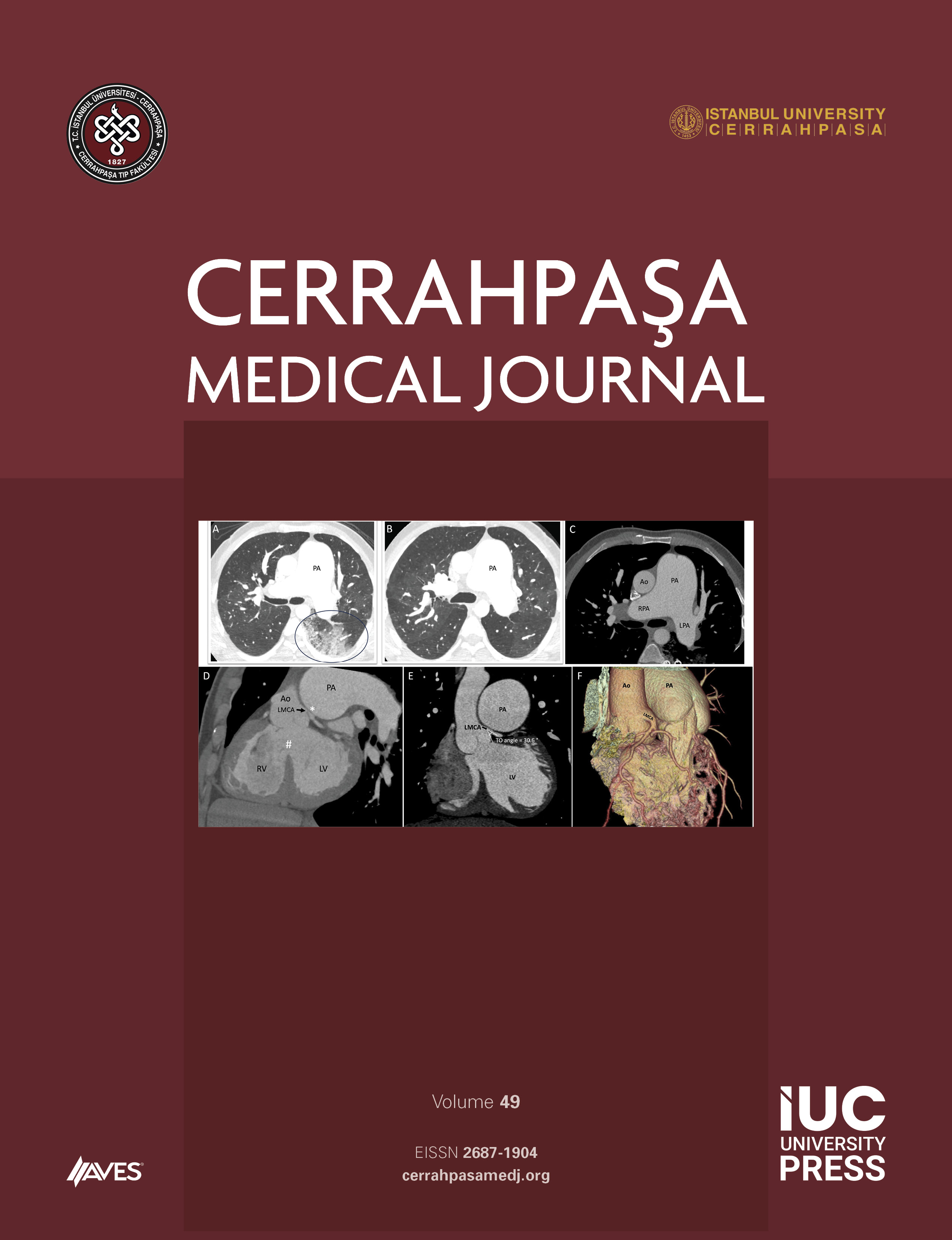Background/aim.- In this study we planned to reveal the problems and progress in the management of the esophageal atresia patients. This study consists of 231 patients with esophageal atresia, treated during the last 22 years.
Patients and methods: Patients are subgrouped according to the year of diagnosis: Group I (1978-1984), Group II (1985-1991) and Group III (1992-2000). All patients are also assessed by the prenatal history, delivery time and method, time of admission, diagnostic workup, preoperative management and timing of surgery, technique of surgery, associated anomaly, complication and mortality rate.
Results: The mean weight was 2635 gr, 85% of deliveries had been in hospital and 14.7% at home, 91.1% of babies had been term and 8.9% were preterm. Prenatal polyhydramnios story had been detected in 18.8%. Among the babies with esophageal atresia 51.1% had already been diagnosed before the admission. The associated anomaly rate was 33%. Group I patients had been operated immediately, Group II patients had been stabilised and operated in semi-elective conditions, Group III patients are operated in elective conditions. Intraoperative most common complication was iatrogenic pleural opening. The most common early postoperative complication was pneumonia and atelectesia; late complication was gastroesophageal reflux. Overall mortality was 59.7% and had been found in Group I as 86.5%, in Group II 64.5% and 29.5% in Group III. Respiratory problems (respiratory stress, pneumonia) and septicemia have been the most common cause of mortality.
Conclusion: This study is the largest study group published in Turkey. In this study we demonstrated, that in correlation with the development in surgical techniques, preoperative and postoperative management the complications and mortality rate decreased in esophageal atresia patients.



